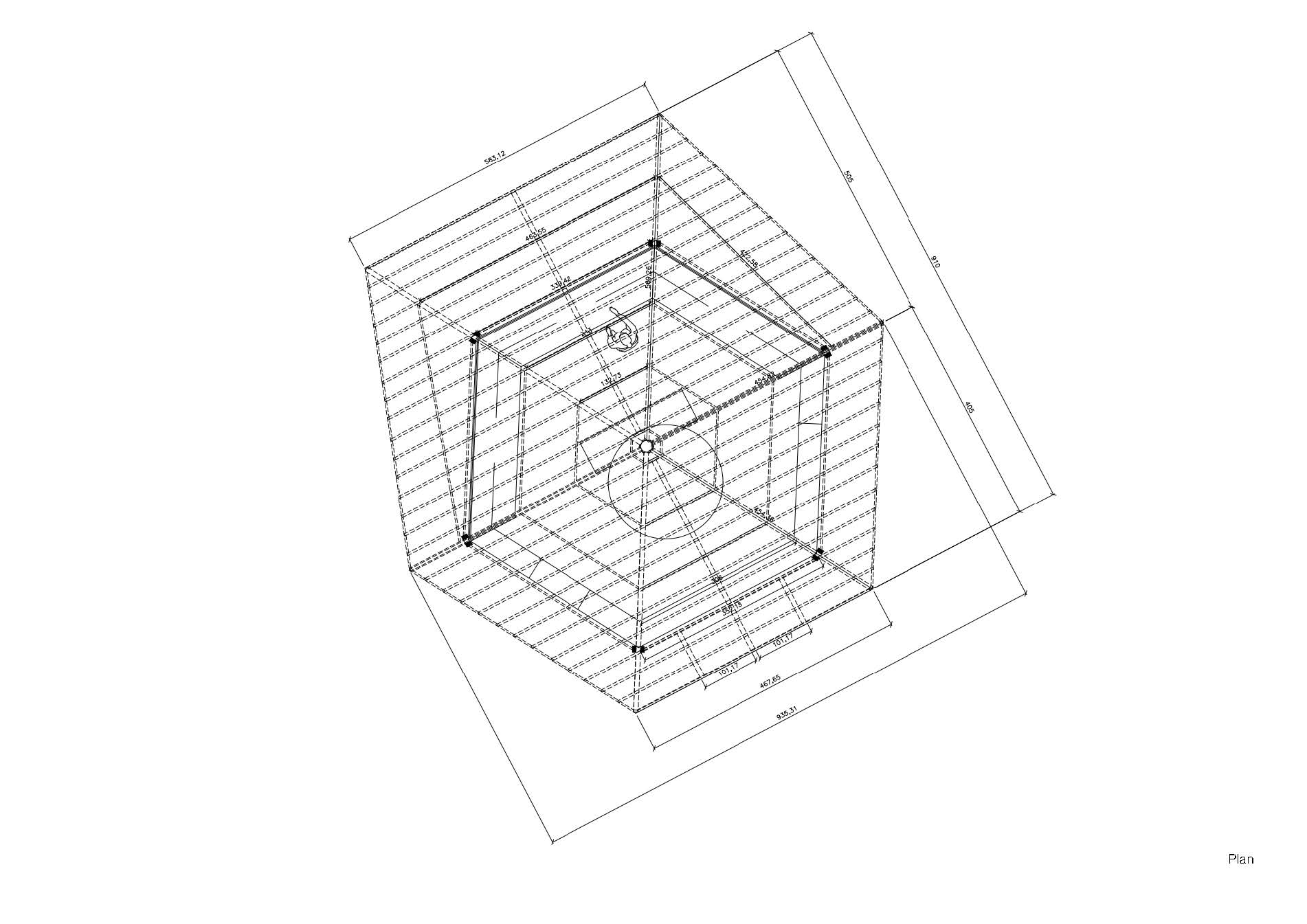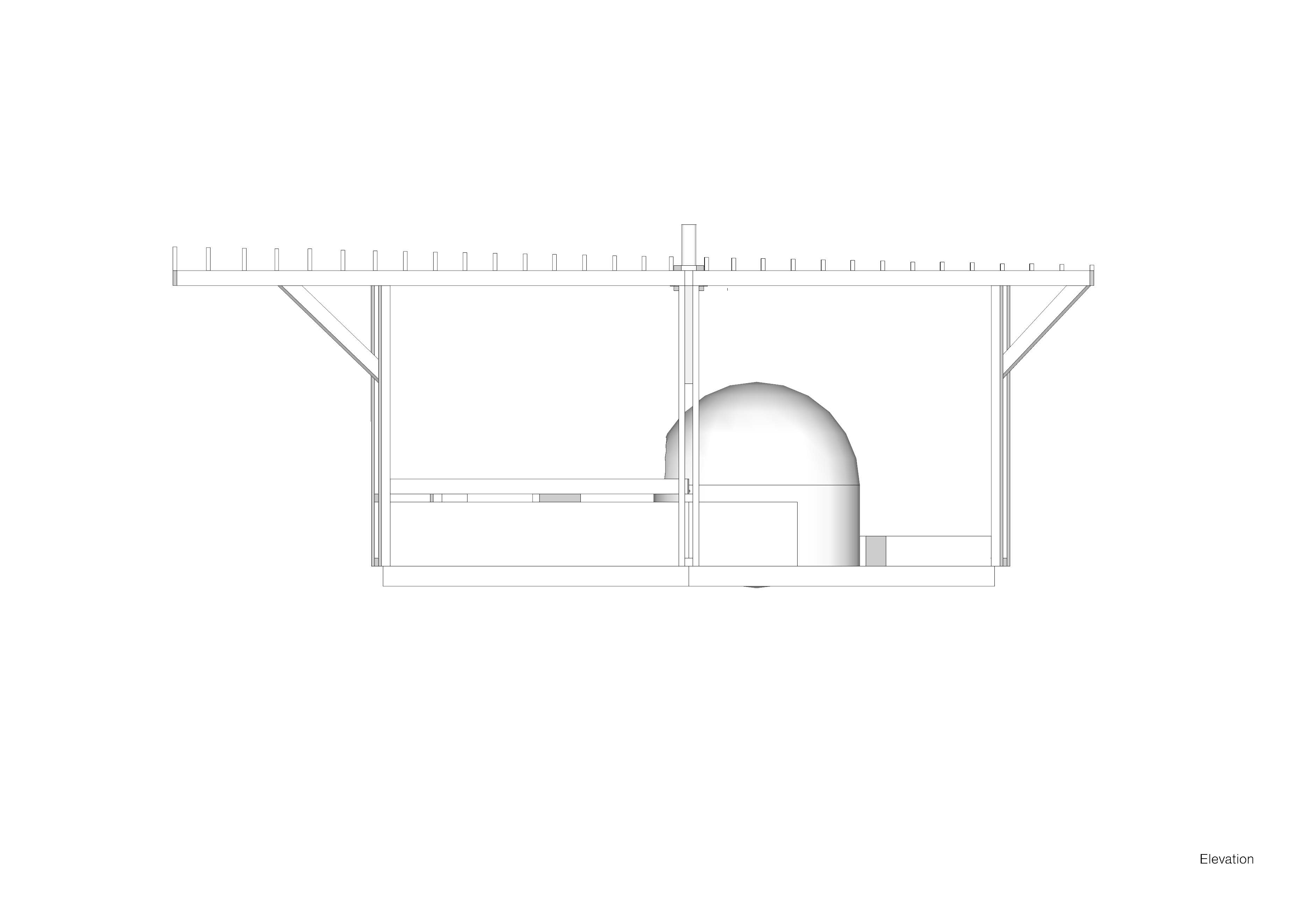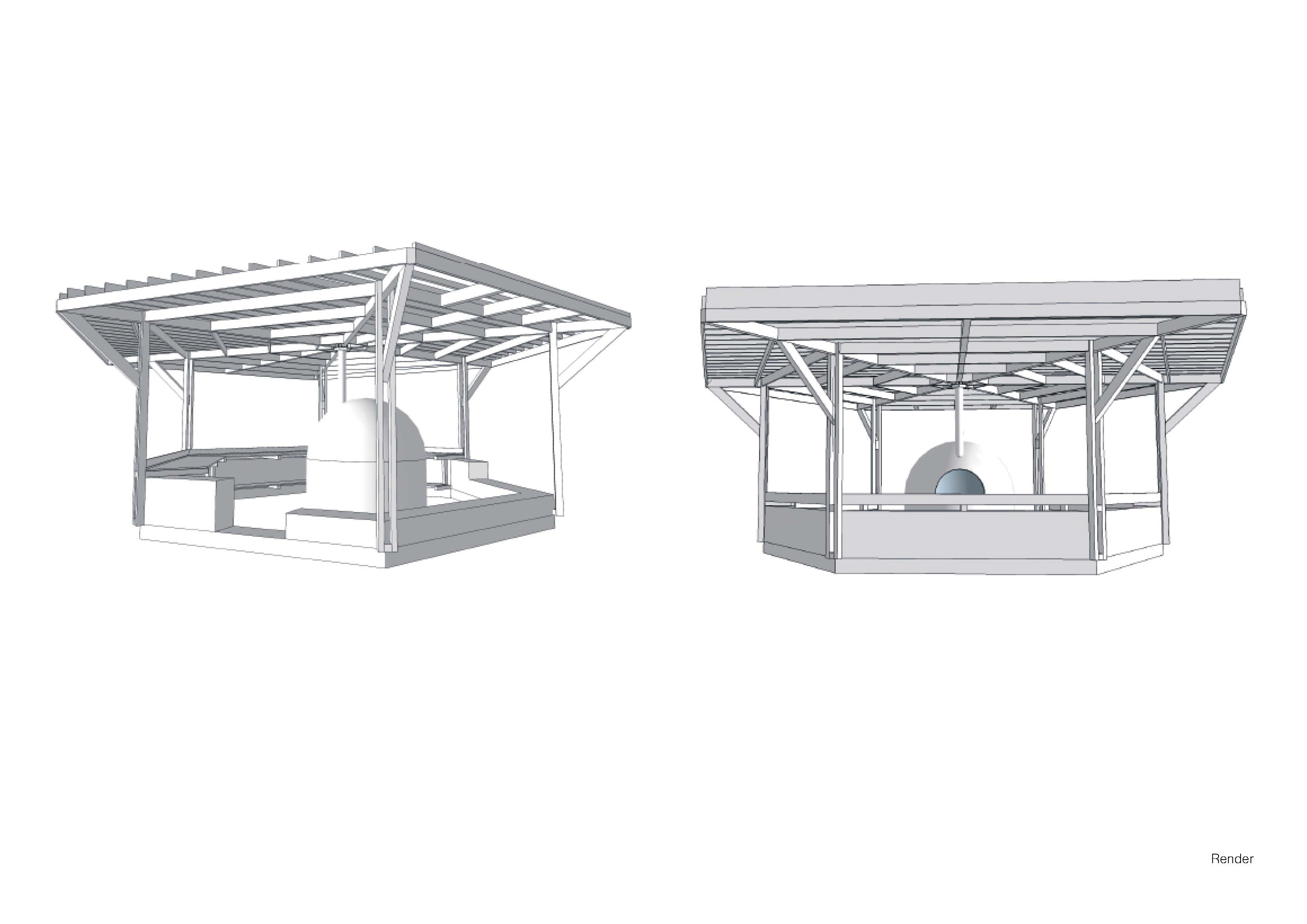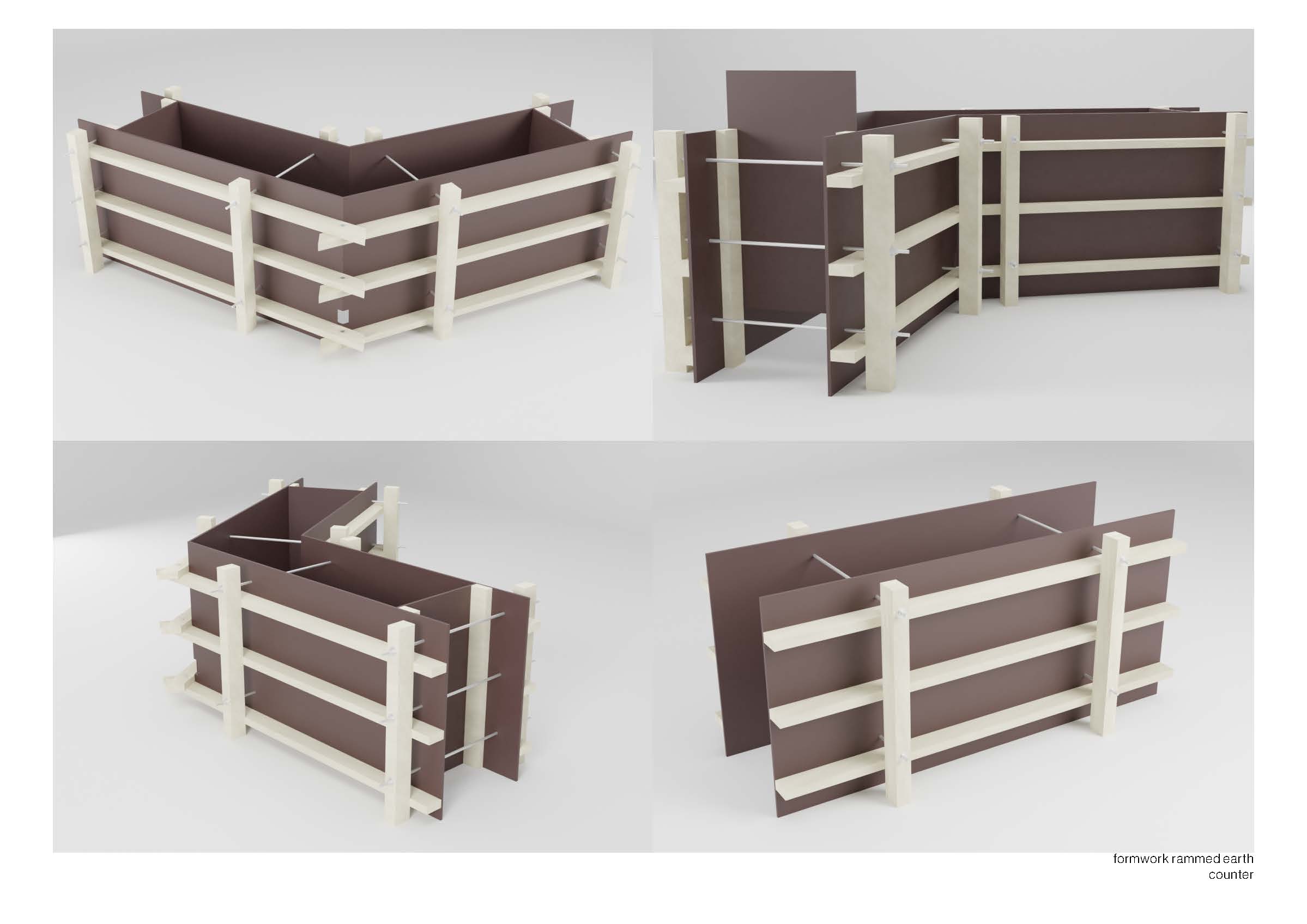PIZZIAT
Arno Boeve, Lexi Lauwers, Sophie Tanghe








.
1. A small structure, usually open in front, used as a newsstand or a place for selling goods or conducting transactions, as at a bank.
2. A small structure housing an electronic terminal for public use, as for purchasing tickets or accessing information.
3. A usually cylindrical structure on which advertisements are posted.
4. Archaic A small open gazebo or pavilion.
[Ultimately (partly via French kiosque and Italian chiosco, with French ki- and Italian chi- representing T urkish palatalized k-) from Turkish köşk,
gazebo, pavilion, from Persian kōšk, palace, from Middle Persian, of unknown origin.]
Word History: Kiosk comes from the Turkish word köşk, which originally referred to a kind of open pavilion or summerhouse in Turkey and
Persia, often built on a hexagonal or many-sided base. The upper classes of the Ottoman Empire would enjoy entertainments and view their
gardens in the comfort of such buildings. When the word first began to appear in English, kiosk referred to these Middle Eastern pavilions,
which Europeans imitated in their own gardens and parks. In France and Belgium, the word kiosque was applied to something lower on the
scale, structures resembling these pavilions but used as places to sell newspapers or as bandstands. When such lowly structures began to be
built in England for these

